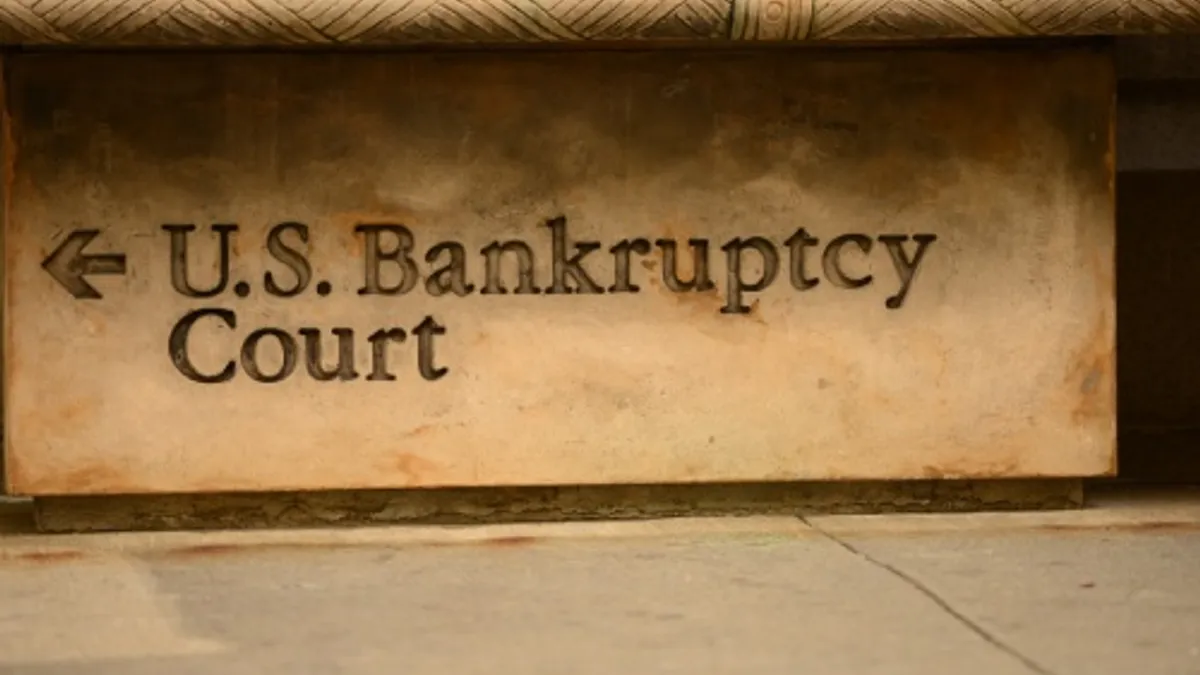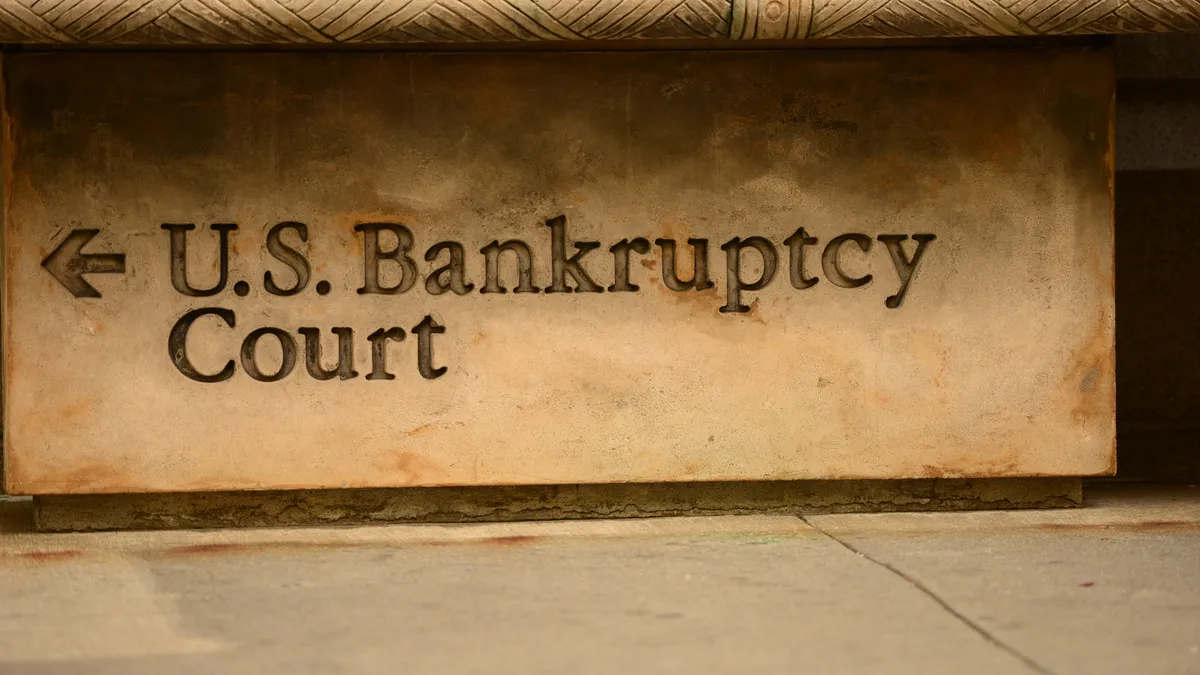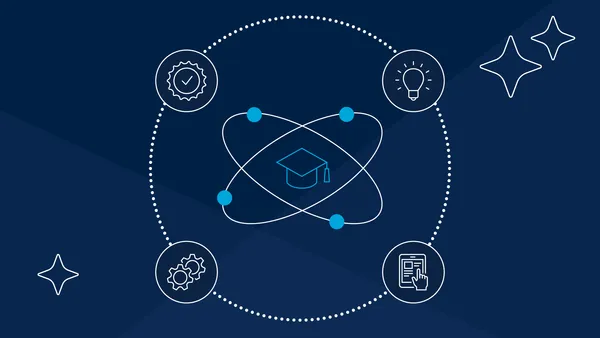A 2015 report from the National Student Clearinghouse showed that more than a third of college students transfer at least once over a six-year period. While a number of students may have gone to other traditional two- or four-year institutions, others may have tried online courses, a form of experiential learning program or even an apprenticeship.
The challenge with this is that evaluating the credentials earned at each of these stages of learning is rather difficult, said Scott Pulsipher, president of Western Governors University, a nonprofit online university that uses a competency-based learning model. And nowadays, students often enroll in multiple institutions, each with its own standards.
“A challenge with [WGU’s] articulation agreements is that 95% or more of our students have had some prior college. So we evaluate lots of transcripts for reliability of prior learning that happened at different institutions. It does need advancement in the portability of the actual learning,” said Pulsipher in a phone interview with Education Dive.
The notion of a stackable degree
Pulsipher is one of several industry leaders who has touted the notion of a “stackable degree,” the idea that a traditional two- or four-year degree doesn’t need to be earned all in one setting or at one time. Rather, credentials can be earned and then stacked.
Purdue University Global’s latest program falls under this umbrella, said David Starnes, vice president of academic operations and chief academic officer at the institution. It’s called Excel Track, a competency-based program where courses are built in a modular format allowing students to earn one credit toward completion of a class in pieces. Purdue Global is an online-only institution catering to adult students.
A five-credit course may have five one-credit outcomes, and students earn the outcomes individually in whatever format they choose. Starnes called this approach to education “extreme personalization.”
“Courses in the Excel Track use the exact same curricula in traditional courses, but they deviate from traditional modality, which is very structured and not flexible,” said Starnes. “In this format, students decide how much they want to complete and do it at their own level. If they already know it, they can skip it. They can spend time with classmates if they want, or they can work individually and self-paced.”
The key to this program, said Starnes, is the focus on mixed modality.
“Folks that attended six colleges in young adulthood had credits from all over the place. We allow students to do assessments to show us what they learned. They can earn credits in multiple different ways and then get the degree from us,” said Starnes. “At Purdue Global, until just recently, you started out in a traditional online program. Or you started out in a traditional CBE program. You did all your courses in that format. Now we are allowing students to mix those modalities.”
The challenge of a universal transcript
While this type of approach allows for individualized learning, there are a number of challenges to address, said Starnes. One of them is that this track isn’t for all students, and they have to try different types of classes before finding the right fit. But an even greater issue, he said, is the transcript.
Pulsipher noted that a truly stackable degree means that every type of learning has been thoroughly vetted and assessed before being stacked into the final credential. That’s a difficult feat, because there is no framework for a universal transcript process that makes it easy for institutions to determine the value of a credential earned.
“The problem itself is more complex than any one sector can solve for. We're a competency-based 100% online system, but that doesn't mean learning occurs 100% online utilizing virtual resources,” said Pulsipher, noting, for example, that even basic nursing programs have experiential clinical hours that have to be assessed.
“We are advancing toward a skills-based transcript versus a course-based transcript. But I don’t know how fast we can advance toward the universality of transcripts,” he said. But, he said, the lack of a standard framework for credential types is not an impediment to institutions embracing things like digital badging. Though, even these schools have to figure out how those badges translate to employers.
George Mason University is piloting a program that offers students a credential via Credly, a third-party digital credentialing service, in the areas of wellness and resilience during a five-week process, with assessments and reflections. Lewis Forrest, an associate dean at GMU, said the soft skill of taking care of oneself is a valuable workplace asset, and “it can set a student apart outside of the regular flat resume.”
But while students are intrigued by the digital badge, which can be shared on LinkedIn and other social media platforms, it doesn’t show up on the transcript. So, the challenge is finding out “how students are sharing it and then communicating to employers on what is the value,” said Forrest.
The potential for blockchain
One caveat to building a mixed-modality course, said Starnes, is that sans a framework for universal credentialing, investing in stackable degree-type courses is time and cost-intensive.
“We had to convert hundreds and hundreds of courses to this new format,” he said. “We've been at this five or six years.” He added that the university has 1,500 courses and hasn’t gotten through all of them yet.
That’s where blockchain, the same infrastructure used for cryptocurrency, comes in. Pulsipher said through this type of framework, the credential would be owned by the student, not the institution. This would allow for easier stacking of the different modes of learning because blockchain would validate the student’s myriad credentials.
“Any consumer of your credentials can validate them because of the use of the blockchain technology,” he said, as blockchain infrastructure operates in a system of peer-to-peer validation. “You’re the possessor of the credential wallet and it allows the entities that want to know your credential wallet to see it, but it doesn't require them to accept it.”
Central New Mexico Community College is one of the first institutions to try this format out, and has used blockchain infrastructure to issue around 300 digital bitcoin diplomas. Bill Halverson, chief technology officer for CNM Ingenuity, the college entity working on blockchain, explained, “as more schools implement this ... we can say a student has a universal identification where the credits can easily be validated across different institutions, so the students' academic track records can be maintained and not lost.”
Still, Halverson told Education Dive that the college is in the experimental process and there are some questions to consider.
"The biggest challenge is the unknown," he said. "How do you support this? How do you know for your staff how to solve issues and help students know how to maintain their credentials with encrypted keys securely?”



















